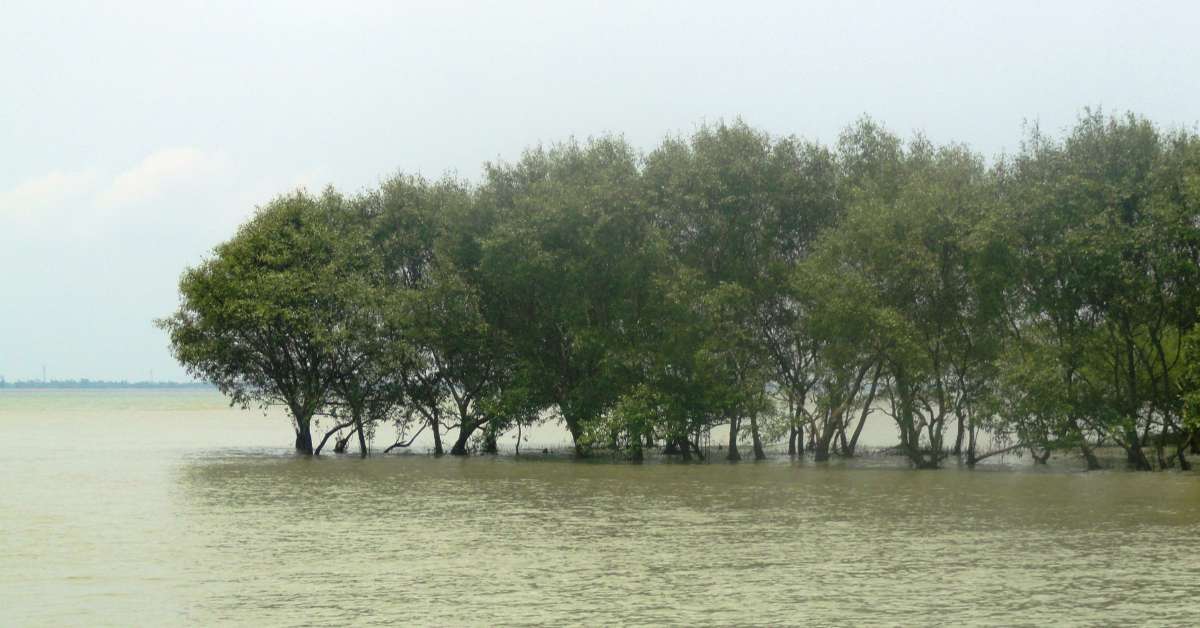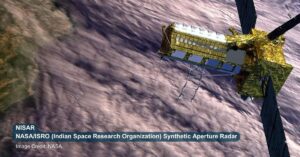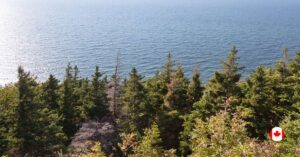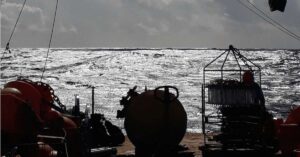Sundarbans Biological Observatory Time Series' Commitment
The Sundarbans Biological Observatory Time Series is based in the Indian Sundarbans, a UNESCO World Heritage Site and a RAMSAR Site. The Sundarbans is the largest contiguous mangrove ecosystem in the world. This ecosystem is based in the Ganga-Brahmaputra-Meghna Delta, and faces the Bay of Bengal. Owing to rapid environmental changes including river flow courses, rainfall patterns, sea-level rise, land erosion and associated changes, the Indian Sundarbans faces the grave danger of being ‘washed away’ by 2050.
SBOTS has three predesignated stations, namely, Stn1, Stn2 and Stn3 are located along a salinity gradient, with Stn3 being closest to the Bay of Bengal. Stn1 is located inside a creek, Stn2 is near the mouth of the creek and Stn3 is located on Mooriganga estuary. Freshwater flow from the Mooriganga estuary, mixed with tidal water from coastal Bay of Bengal, results in a typical estuarine habitat in these stations.
Monthly sampling is undertaken in the SBOTS stations involving measurement of air temperature, surface water temperature, salinity, dissolved oxygen, pH, total dissolved solids, electrical conductance, and suspended particulate matter. Other measured parameters includes chlorophyll-a and total carotenoids. Biological community monitoring includes elucidation of bacterioplankton, phytoplankton and zooplankton. These measurements have been undertaken since 2010 and continuous till date.
Mesocosm experiments including understanding the influence of altering pH on phytoplankton has shown significant changes in community structure, with preferential existence of selective species. pH variation in SBOTS is influenced by inflow of river water from Mooriganga, allochthonous matter from nearby lands, and litterfall from the Sundarbans mangroves. pH also shows large-scale seasonal variations owing to rainfall patterns and storms.
Based on studied changes, forest restoration programs have been planned with forest officials. Additionally, the SBOTS monitoring indicated the rapid land erosion, resulting in installation of RSET, to study changes in land accreditation rates and below-ground carbon storage capacity of the mangrove sediment. SBOTS monitoring also involves citizen science initiatives to teach the local population and forest officials of ways to conduct scientific monitoring of parameters such as pH. A growing tension within this region now is the emergence of large abundance of microplastic, increasing the potential of dissemination of antibiotic-resistance genes (ARGs).
This time series is the only long-term seasonal monitoring program based in a mangrove forest. SBOTS provides key insights into seasonal pH variabilities and can help to understand decadal changes in pCO2 and pH dynamicity. Our OARS commitment highlights our intent to continue the SBOTS monitoring program to provide key insights into decadal changes in pH in the fragile ecosystem of the Indian Sundarbans
Relevant OARS outcomes
Outcome 1: Quality Data |
Ocean Basin
Indian Ocean



